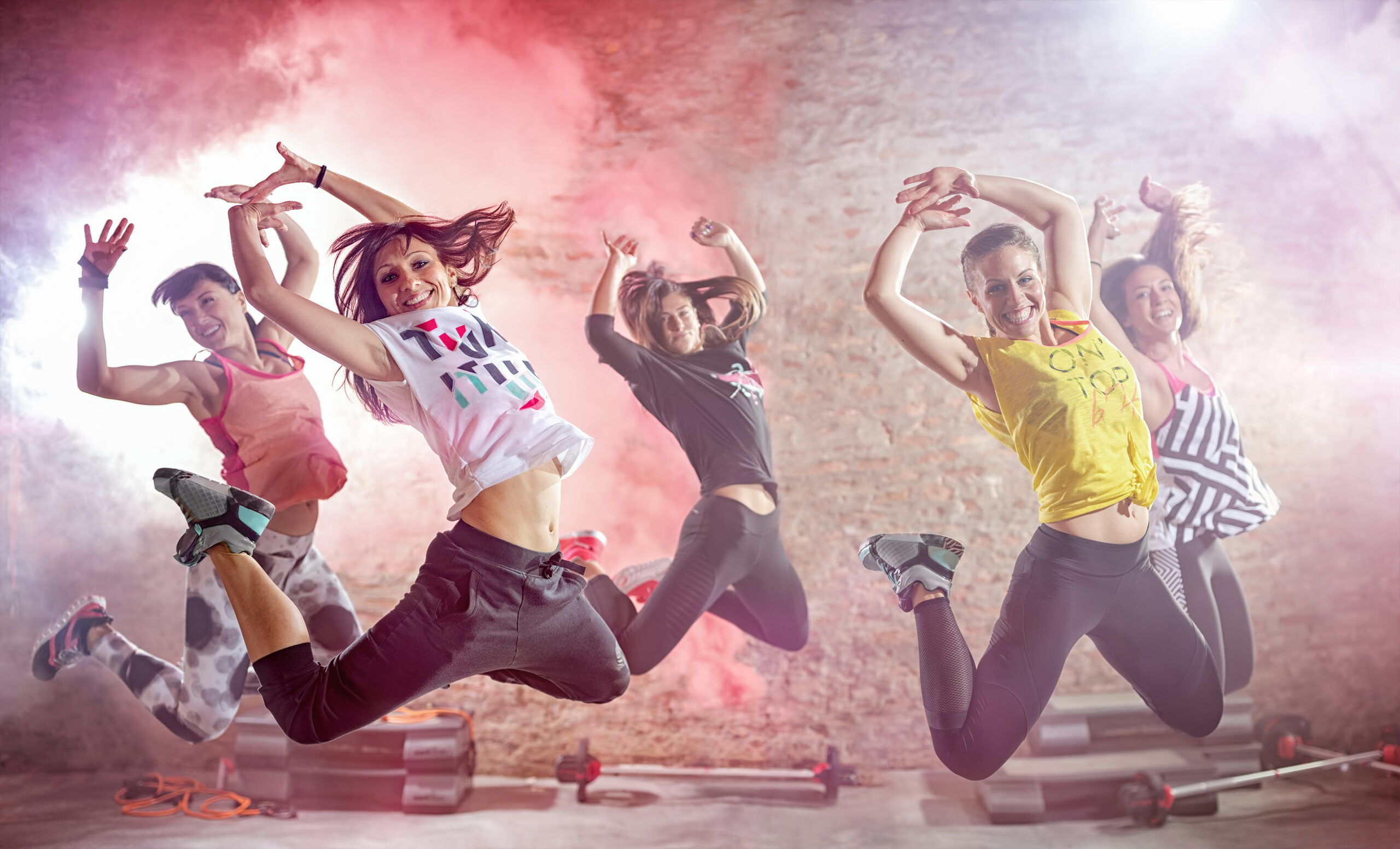
Teenage fitness is a big issue in the UK. Obesity levels among young people continue to be disturbingly high. Sedentary lifestyles, increased time in front of screens and energy-rich Western diets are just some of the complex range of issues causing this problem.
The importance of raising teenage fitness levels
Regular exercise is important for teenage fitness. Living an active life is important not only to keep weight down, but also for mental well-being too. Exercise reduces the risk of depression and increases self-esteem. It also builds higher levels of self confidence and helps teenagers get a good night’s sleep. There is also a school of thought that says exercise enhances thinking, decision-making and learning skills.
From a health standpoint, teenage exercise reduces the risk of type II diabetes, several forms of cancer and promotes good (HDL) cholesterol. It also helps the development of healthy bones and muscles – which lays the foundation for a healthy and active later life.
What exercises can and should teenagers be encouraged to do?
As part of a teenage fitness programme, a young person should aim to do at least 60 minutes of moderate to vigorous physical activity every day. This could be organised games such as football, netball, rugby, hockey, swimming, cycling. These could take place at school, college or through a club.
There is also informal sport where a group of friends may decide to play a game in the park or go for a cycle ride.
According to fitness site WebMD.com, only 10 per cent of teenagers in the UK get enough exercise to meet healthy guidelines.
‘App-y’ and healthy
A radical rethink to the way we market fitness to teenagers is called for. No-one likes to be told what to do, particularly a 15-year-old trying to make sense of the world. One way to reach out to the teenage fitness audience is to combine social media and fitness. Teachers, coaches and parents can point young people in the direction of Instagram Influencers who take their fitness seriously. Teenagers can be encouraged to snap pictures of themselves doing a work out. They could photograph something cool while going for a run. This is a great way to motivate a teenager to take exercise.
Monitoring fitness
Tapping into the fitness monitor scene is another way to encourage more activity. Like everyone else, teenagers are curious about their own bodies. By monitoring movement, heart-rate, calories burned and other information, teenagers are learning about their own bodies. They are getting fitter in the process. Writing on the WebMD website, personal trainer trainer Gina Guddat says “Snapchat a squirrel you see on the walk with your dog. Or Instagram a photo of yourself jumping rope. Your friends will like to see it, and it makes you feel good about your achievement.”
A third source of motivation and inspiration are YouTube videos. He or she can cue up a YouTube exercise video and follow it in the privacy of their own personal space.
Make fitness social
Here at Kelsey Kerridge we see the social factor as a big motivation factor when it comes to getting teenagers more active. We encourage young people to take part in some of the activities we offer, such as climbing, various dance classes and sports such as basketball, badminton or six-a-side football. There are always a number of holiday courses time dat teenagers, just check our website or Facebook page for updates. It’s a great way to keep fit and meet new people.

Teenage fitness can also be developed by regular gym workouts. Do a range of strength training exercises. Push-ups, pull-ups, squats, lunges, burpees, crunches can all help build good strength in arms, legs and core. As the young person is growing and developing, exercises such as these will help promote flexible joints and strong bones.
For further advice on teenage fitness, talk to a personal trainer at the Outlooks Gym.







